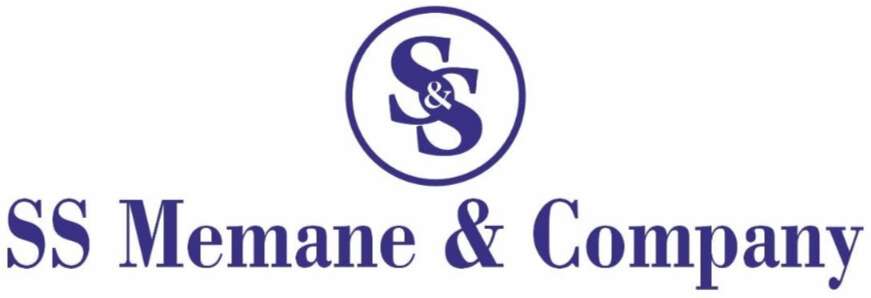Any Other ROC
Compliances
Quick Contact
Documents Required
- LLP Agreement
- Partner Details
- Financial Statements
Any Other ROC Compliances
In addition to the annual filing requirements like the LLP Annual Return (Form 11) and the Statement of Account & Solvency (Form 8), Limited Liability Partnerships (LLPs) in India must adhere to several other ROC compliances to maintain their legal standing and avoid penalties. These additional compliances ensure that the LLP operates within the legal framework set by the Ministry of Corporate Affairs (MCA).
Key Points
Mandatory Filings: LLPs are required to comply with various ROC filings annually and during specific events like changes in partnership or registered office.
Forms: Common forms include Form 3 (LLP Agreement), Form 4 (Change in Partners), Form 8 (Statement of Accounts & Solvency), and Form 11 (Annual Return).
Deadlines: Missing filing deadlines can result in penalties, legal issues, and potential impact on the LLP’s standing.
Legal Requirement: Complying with ROC regulations ensures that the LLP remains legally operational and maintains good standing.
Documents Required
LLP Agreement:
Copy of the LLP Agreement and any amendments.
Consent of Partners (Form 9) at the time of incorporation.
Partner Details:
Identity and address proof of partners (PAN, Aadhaar, Passport).
Digital Signature Certificates (DSC) of designated partners.
Financial Statements:
Balance sheet and profit & loss account.
Statement of Accounts & Solvency (Form 8).
Changes in LLP:
Documents supporting any changes in partners, contribution, or registered office.
Resolutions or agreements related to the changes.
ROC Filings:
Forms related to specific compliances, such as Form 3, Form 4, Form 8, Form 11, and others.
Process
Preparation:
Gather all required documents, including financial statements, partner details, and changes in LLP agreements or partners.
Ensure that all records are up-to-date and accurate.
Form Filing:
Access MCA Portal: Log in to the Ministry of Corporate Affairs (MCA) portal.
Select Relevant Forms: Choose the appropriate forms (e.g., Form 3, Form 4, Form 8, Form 11) based on the specific compliance requirements.
Fill Out Forms: Enter the required details, such as partner information, financial data, and any changes in the LLP structure.
Upload Documents: Attach supporting documents, including the LLP Agreement, financial statements, and partner resolutions.
Digital Signatures: Apply the Digital Signature Certificate (DSC) of the designated partners.
Fee Payment: Pay the prescribed fee for each filing through the MCA portal.
Submit Forms: Submit the completed forms electronically.
Obtain Acknowledgment: Download and save the acknowledgment receipt.
Verification:
Review Submissions: Double-check the filed forms for accuracy.
Correct Errors: File corrections if any errors are found, before the deadline to avoid penalties.
Advantages
Legal Compliance: Ensures that the LLP complies with statutory regulations, avoiding legal complications.
Credibility: Regular compliance enhances the credibility and trustworthiness of the LLP among stakeholders.
Avoid Penalties: Timely filings prevent fines and penalties that could otherwise impact the LLP’s financial health.
Transparency: Maintains transparency in financial and operational aspects, which is crucial for partners and investors.
Disadvantages
Time-Consuming: The compliance process can be lengthy, especially for LLPs with complex structures or numerous partners.
Cost: There may be costs associated with professional assistance, filing fees, and late penalties if deadlines are missed.
Risk of Errors: Errors or omissions during the filing process can lead to penalties and may require additional time and resources to rectify.
Administrative Burden: Continuous monitoring and updating of compliance requirements can be burdensome, especially for small LLPs.
- Copyright 2024 © SS Memane || Designed By || Mr. Sunil Memane


